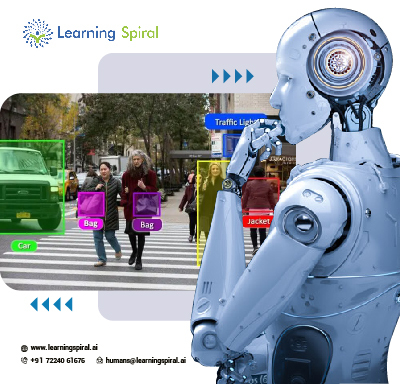
Data is the fuel that drives machine learning models, also known as ML, but labeling that data can be a costly and time-consuming process. The methods of annotating data via manual or automation comes with its own set of limitations.
That’s where active learning enters, a technique that revolutionizes data annotation by strategically selecting the most informative data points for human labeling, maximizing annotation efficiency and model performance.

Understanding the Active Learning
The steps below explain how active learning works:
- Annotate a representative handful of data points.
- Use this labeled data to train an initial machine learning model.
- Employ different strategies to identify data points that hold the most learning potential for the model.
- Send these points to human annotators for labeling.
- Incorporate the newly labeled data into the model and repeat the cycle.
This continuous feedback loop between the model and annotators is the heart of active learning. By focusing on the most valuable data, you achieve higher model accuracy while reducing the overall annotation workload. That’s what active learning is all about.
Unveiling the Query Strategies
But, with this the question arises: how do we identify the “most valuable” data points? Here are some popular query strategies:
- Uncertainty Sampling: Select data points where the model is most uncertain about its predictions. This helps refine the model’s understanding of ambiguous cases.
- Diversity Sampling: Choose data points that are dissimilar to existing labeled data, ensuring the model encounters a broader range of examples.
- Margin Sampling: Focus on data points close to the decision boundary between different classes, helping the model to better distinguish between them.
The optimal strategy depends on your specific task and dataset. Experimenting with different approaches is key to unlocking the full potential of active learning.
Embracing the Benefits of Active Learning
Active learning offers multiple advantages beyond saving time and money:
- Improved Model Performance: Focusing on informative data points leads to models that learn faster and achieve higher accuracy with less training data.
- Reduced Bias: Diversity sampling helps mitigate bias in the training data, resulting in fairer and more generalizable models.
- Cost-Effectiveness: By minimizing unnecessary annotations, active learning significantly reduces the cost of human labor involved in data labeling.
Areas to Focus on
Ready to implement active learning? Here are some practical steps:
- Identify your project goals: What are the key metrics you want to improve (e.g., accuracy, bias reduction)?
- Prepare your data: Ensure your dataset is clean, representative, and diverse.
- Choose an active learning library: Popular options include scikit-active-learning, Snorkel, and Uncertainty Sampling library.
- Select your query strategy: Experiment with different methods to find the one that aligns best with your goals and data.
- Monitor and adapt: Track model performance and refine your query strategy as needed throughout the iterations.
Conclusion
Active learning offers a powerful way to optimize data annotation for machine learning. By strategically selecting the most informative data points, you can train better models faster, save resources, and mitigate bias. So, embrace the active learning approach and watch your machine learning projects soar to new heights!

